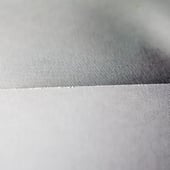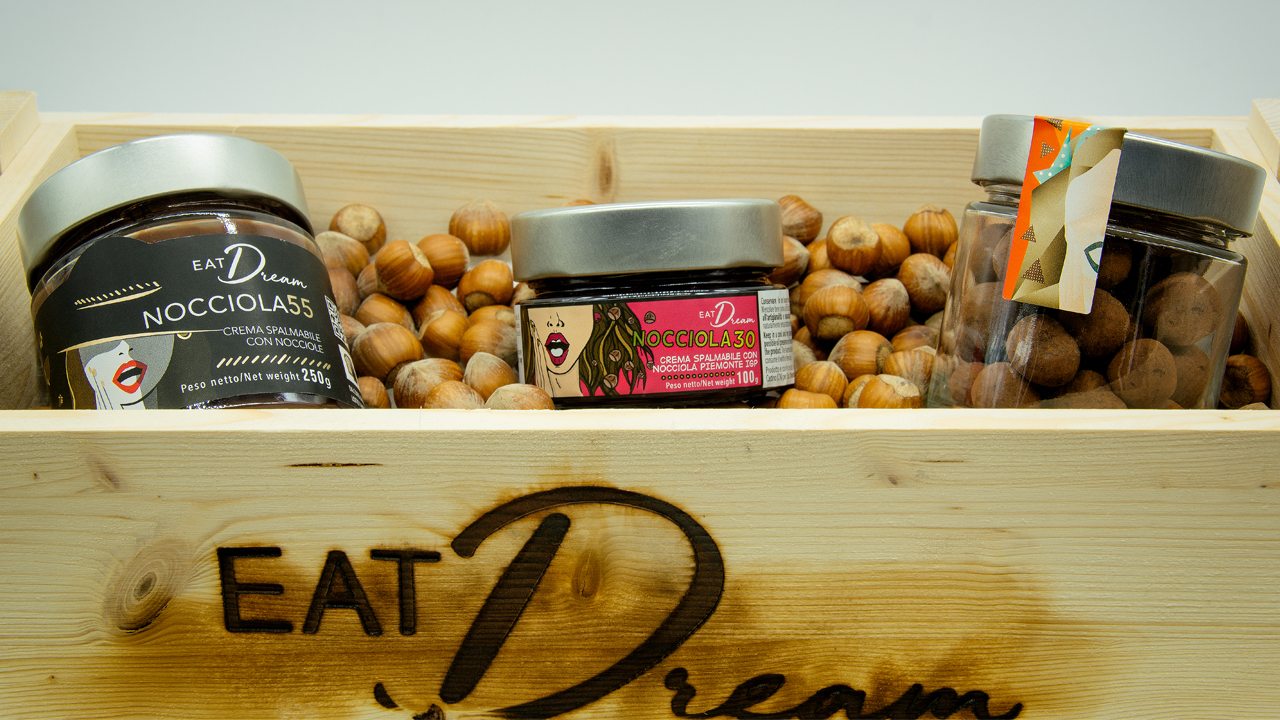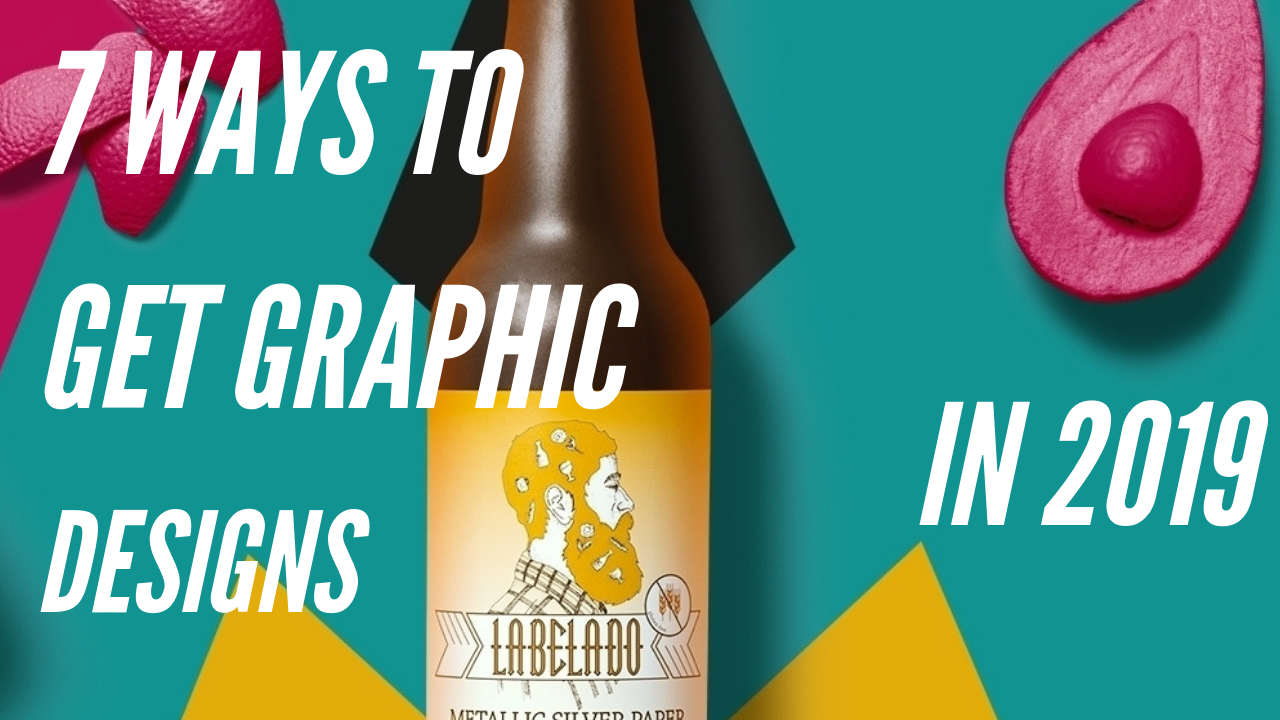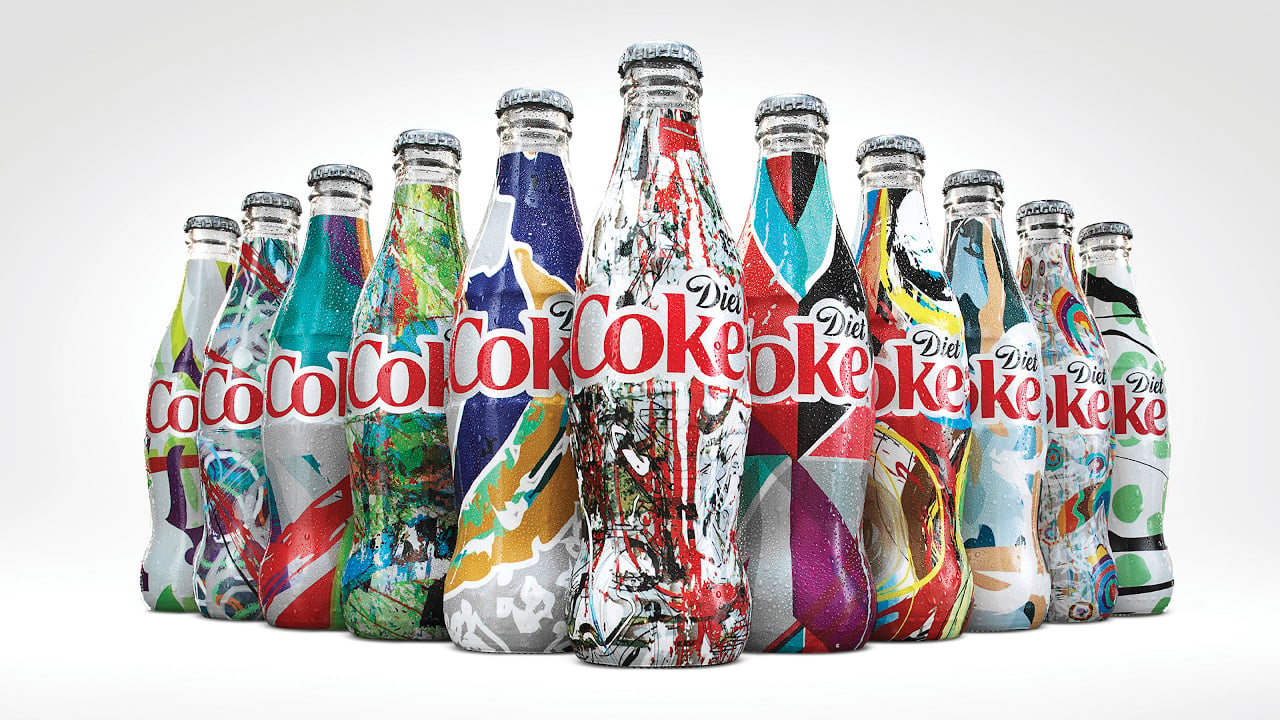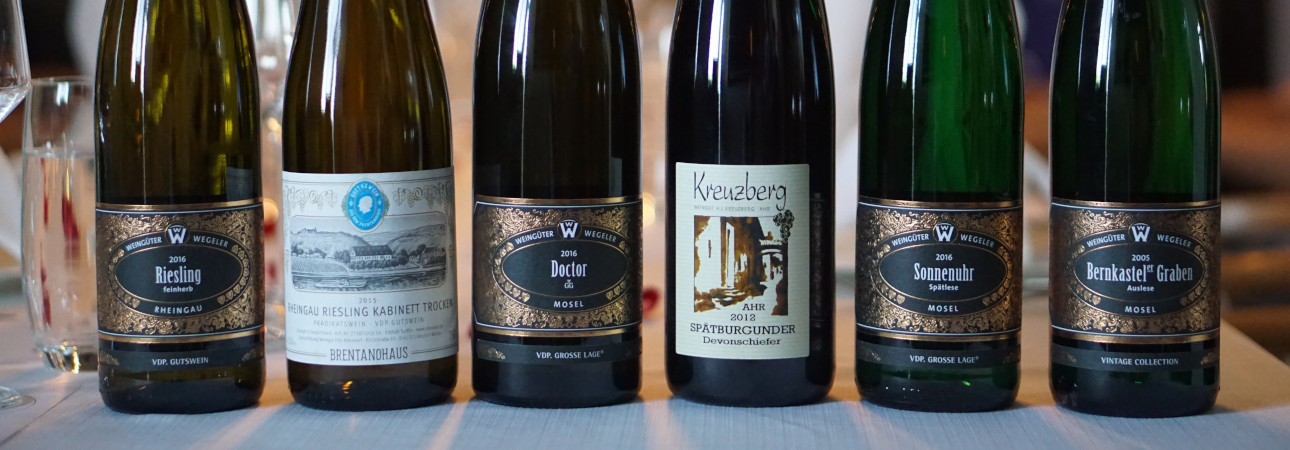Did you like the article? Share it!
Metallized paper: How is it produced and how it can be use?
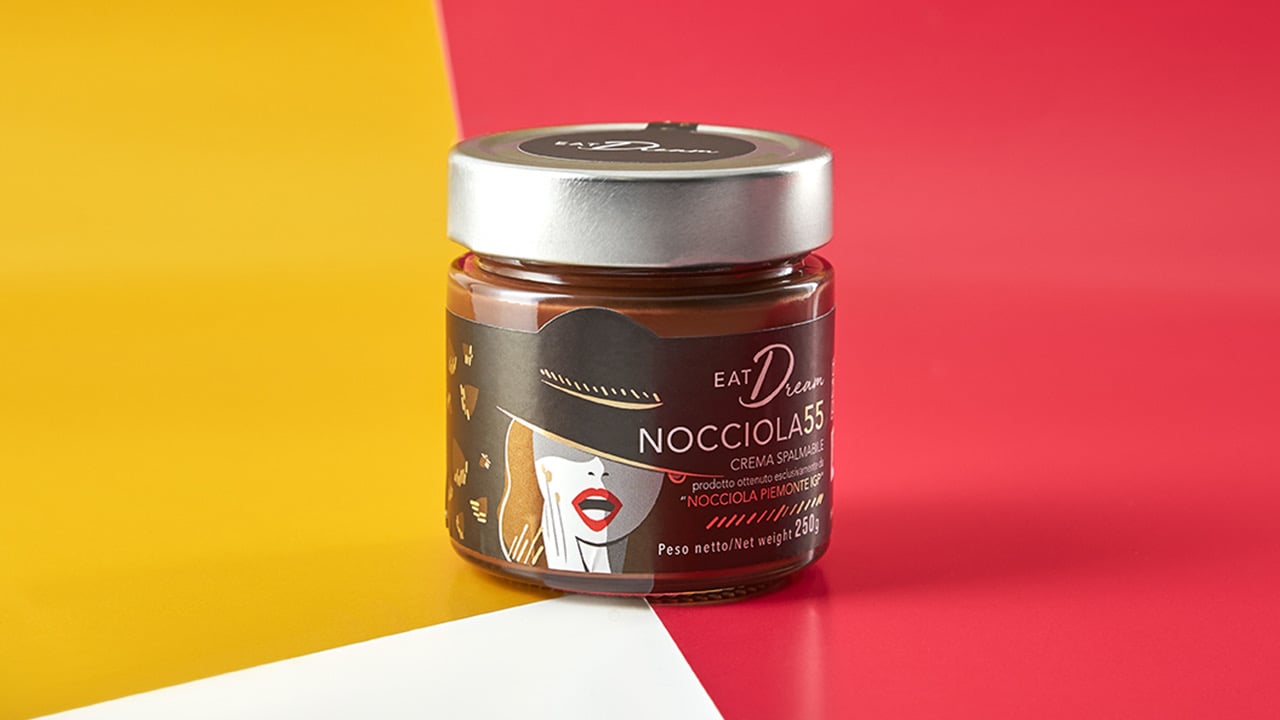
A metallized paper is a product that is coated with a layer of aluminium with a matte or gloss finish which offers decorative and protective properties to the product.
Two different systems can be used to create metallized paper:
Lamination
This process involves a gluing process on the paper, normally a non-coated one, to a sheet of aluminiun with a thickness between 9 and 12 micron. This system is used increasingly less owing to the high consumption of aluminium.
Vacuum metallization
This system, which we are going to look at in depth, is the most used and it consists of heating aluminium or another material in a vacuum chamber, vaporizing or sublimating it, and depositing a thin layer on the surface of the a coated substrate. In this case, the main advantage is that 300 times less aluminium is used than in the previous case.
In both cases this type of substrate offers a solution to achieve the distinctive, metallic finish on packaging with only a fraction of the aluminium content of traditional foils. Let's see some more details about the vacuum production process.
What is a vacuum production method and what does it consist?
As mentioned before the best way to produced a metallized paper it's through a vacuum metallization.
The process of producing the metallized paper by the direct high vacuum method consists of three independent processes, which are the following:
Varnishing
A thin layer of varnish is applied to the coated substrate in order to prepare the surface for subsequent metallization. The paper is pre-coated with lacquers that are applied to smooth out the surface of the paper to act as a barrier between the paper and the metallized layer and to improve the adhesion of the vaporized metal. The varnish is applied in the varnisher through a process similar to gravure printing. Once the varnish has been applied, the paper passes through the hot air drying unitin order to remove the solvents of the varnish and therefore dry the paper until it has a moisture level of between 2 and 3%. Next, and within the same varnisher, the paper passes through a set of refrigerated rollers which prevent the paper from sticking in the winder.
Metallization
This phase is probably the most critical point during the production process. Once the reeks of paper have undergone the varnishing process they are sent to the metallization area, where they are introduced one by one in order for the layer of aluminium to be applied to the paper. The pre-coated paper is then metallized directly. The varnished paper is placed in a "metallization chamber" where the layer of aluminium is applied through a vaporizing or sublimating process.
Lacquering
All metallized papers are then top coated and re-moisturized as a final process. Once the reel is placed in the lacquering machine, the metallized paper passes through corona treating that facilitates the anchorage of the lacquer on the aluminium. This corona treating acts by increasing the surface tension of the metallized surface. Once the corona process has taken place the lacquer is applied using a system of gravure, as in the varnisher, and is subsequently dried using hot air tunnels.
When the product is coloured, it is the lacquer itself that is coloured with the final colour of the product. The classic colour is gold, but from a technical point of view other colorants could be used if this were necessary. Once dry, the metallized paper passes through cooling rollers, and the water and the dorsal treatment are subsequently applied. This is to ensure that the paper has the final moisture necessary for the finished product and to maintain flatness when it is transformed into sheets or labels.
The coating protects the aluminium from damage and serves as a print receptive primer for multiple printing applications. A thin layer of lacquer is applied to give the final characteristics of the paper such as printing features, colour such as for gold susbtrates or matte / gloss finishings.
The product obtained is recyclable in a similar way to other special papers.
The metallized surface of the product is plastic in nature, or in other words, it is waterproof and non-absorbent. It offers a series of barrier properties to the coated paper, forming a barrier against light, water vapour, oxygen and odours.
Fun fact
The paper can also have special effects that can change the appearance of the surface which usually is really smooth. Let's see two of them:
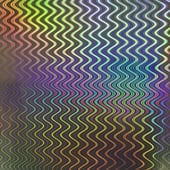
Holographic effect
This effect can be realized through a micro-embossed proprietary and patented process which is applied to create the visual effect desired.
Embossing effect
This finishing is produced thorugh a physical treatment that is used in certain grades and that takes place in an embossing machine.
Which is the best way to use a metallized substrate?
First the metallized appearance of the paper gives added value to products that contain it.
Your clients are surely expecting you to deliver a quality label that reflects the quality and value of their product, which means that the label face stock is a key element to consider when it comes to ensuring your clients can present a product that has significant shelf appeal.
The natural metallic effect of this substrate makes really easy to create a wonderful contrasting effect between metallic and opaque details. To do so, set the opaque white of the metallic parts to 0% and the non-metallic elements to 100%. Alternatively, play with the percentages of opaque white to give the label varying degrees of opacity. The glossy finishing and of course the metallic appearence makes this susbstrate eye-catching, helping brands leveraging its appeal to convey a premium and high-value feel to their customers.
Moreover metallized paper is a premium quality face stock from a printing perspective – it runs as paper, is smooth, easy to work with and causes minimum delays on printing and converting infrastructure due to quality issues.
This substrate is suited to all types of ink, and it offers a surface that is ideal for interaction between the paper and ink, which gives excellent printability, high definition and text clarity.
These features make this substrate perfectly suitable for beer and food labels. Let's see some samples of perfect use of this metallized susbtrate.
Bright colours, Pop design and metallized details for Eat Dream Startup
A perfect example of the use of this substrate in the food industry is the project of three young entrepreneurs Andrea, Francesco, and Pietro of the Eat Dream Startup specialized in hazelnuts creams from Langhe region. The young age of the company and its founders, together with the desire to express innovation, led the graphic designer Carolina Artuffo to choose a fresh, colorful and visually striking image that takes inspiration from the Pop Art world. Rather than choosing complex finishings, thay decided to give maximum emphasis to solid colors through the use of metallized papers and highly opaque varnishes.
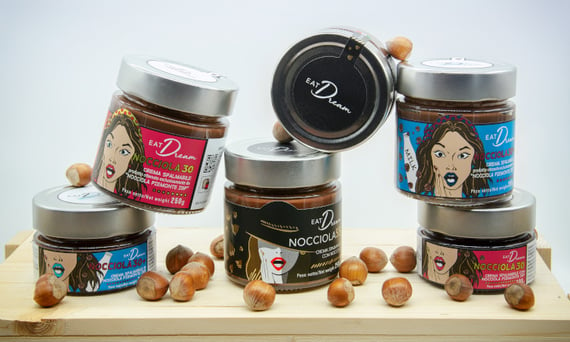 Brand EatDream www.eatdream.com
Brand EatDream www.eatdream.com
Art Director Carolina Artuffo
Ph. Carola Ferrero
Stout Boom, suburban Graffiti for an exploding beer label
The project of the designer Andrea Basile (BasileADV) and the calligrapher Giuseppe Salerno (Resistenza) had the aim to design a new spectacular and eye-catching label for a new product line of the Italian artisan brewery Malti da Legare.
A beer with an intense flavour and an outstanding combination of scents, a really exploding taste. For this reason the design wants to "keep the balance with the artisanal origins while giving the idea of a Molotov, a war of flavours with a dangerous neck label and a red sealing wax as cap to protect the "fuse"" like Andrea Basile mentioned.
This glossy and metallized paper was counterposed to a natte writing, in the BOOM text for example, reminding in this way a suburban Graffiti and giving a young modern touch to this "historic" product.
This label has been awarded as Best Label 2020 in the beer industry.
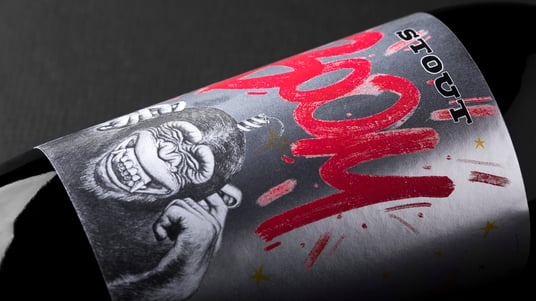 Brand Malti da legare
Brand Malti da legare
Art director Andrea Basile (BasileADV) www.basileadv.com
Calligraphy Giuseppe Salerni (Resistenza) www.resistenza.es
Ph. Diego De Dominicis (d / dedo Studio) www.diegodedominicis.it
Now that you know exactly how the metallized paper is produced and how you can use it for your metallic labels, it's time to unleash your creativity.
If you want to know more or just see some samples just take a look at our video "Designing Labels - What is Metallic Adhesive Paper?" on our Youtube channel, or please fill this form with your questions and a member of the Labelado Staff will respond as soon as possible.
Next

